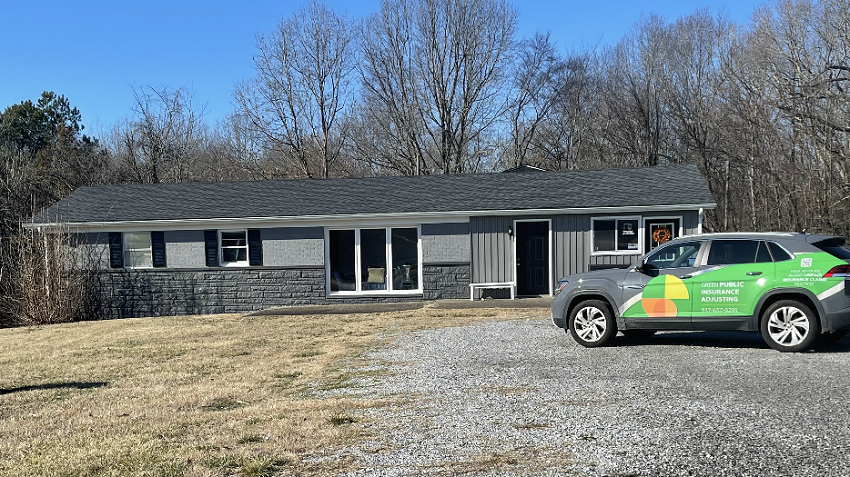Every adjuster has faced a moment when an extra set of licensed hands could make all the difference — yet questions remain about how far collaboration can go before it creates legal or liability concerns.
In a profession built on expertise, trust, and timing, many independent public adjusters seek ways to assist one another — whether to resolve a particularly difficult case or to maintain workflow during slower market cycles. But this collaborative approach brings with it important considerations:
- Is it legal for independent adjusters to contract with one another?
- What defines liability when one adjuster acts under another firm’s umbrella?
- And how much “direction” can a firm give to an independent contractor before crossing into the realm of employment?
Let’s unpack these issues from both a regulatory and practical standpoint.
- Is It Legal for Independent Public Adjusters to Collaborate?
Yes — collaboration itself is not illegal, provided that each participating adjuster is properly licensed in the jurisdiction where the claim is handled and that contractual roles are clearly defined.
Independent adjusters can:
- Subcontract administrative or field work to another licensed public adjuster.
- Join forces for specialized expertise on complex losses (e.g., fire, structural, or large commercial claims).
- Work as an independent contractor for another firm during periods of low case volume.
The key is ensuring that the relationship is transparent and that the client’s public adjusting contract identifies the authorized firm responsible for the claim.
In most states, including Ohio, the engagement with the insured must be made under a licensed public adjusting entity, not an individual who is merely subcontracted. This ensures accountability under the primary firm’s license and bonding requirements.
- Liability: Who Is Responsible for the Work Performed?
When a licensed public adjuster performs services as an agent of another firm, liability typically follows the licensed entity whose name appears on the contract with the insured.
In other words:
- The firm that signs the client retains the statutory and fiduciary responsibility for proper handling of the claim.
- The subcontracted adjuster owes a duty of care to the contracting firm, not directly to the insured, unless otherwise agreed.
- The independent adjuster can still be held liable for negligence, misrepresentation, or unauthorized practice if their conduct violates the state’s adjusting statutes or ethical standards.
To mitigate exposure, both parties should maintain indemnification language in their subcontractor agreements and ensure that errors and omissions (E&O) coverage extends to the scope of work performed under the engagement.
- Direction vs. Control: Avoiding the “Statutory Employee” Trap
This is where collaboration can get tricky.
The distinction between an independent contractor and a statutory employee often hinges on control.
If a firm directs when, where, and how the independent adjuster performs their work — rather than simply defining the expected outcome — regulators or tax authorities (like the IRS) may determine that an employment relationship exists.
Factors that can indicate independent contractor status include:
- The adjuster operates under their own business name and license.
- The adjuster controls their own schedule and workflow.
- The adjuster provides their own tools, equipment, and administrative support.
- The firm pays per case or per deliverable, not hourly or via payroll.
- The adjuster is free to contract with other firms or clients.
Conversely, if the firm dictates daily tasks, imposes set hours, or restricts outside work, the relationship may cross into the realm of employment — triggering tax, workers’ compensation, and labor law obligations.
- Practical Guidance for Structuring Independent Collaboration
To stay compliant and cooperative:
1. Use a written Independent Contractor Agreement outlining roles, compensation, confidentiality, and insurance requirements.
2. Confirm licensing in each jurisdiction before assigning work.
3. Keep the client relationship clearly tied to the primary firm’s license.
4. Avoid language that suggests supervision or control—focus on deliverables, not process.
5. Maintain independent branding and documentation practices to reinforce contractor status.
These best practices not only help avoid employment classification risks but also protect both parties from misunderstandings about liability and authority.
- The Bigger Picture: Building a Network of Trusted Partners
The growing use of independent adjuster collaborations reflects an evolving marketplace. As catastrophic events fluctuate regionally, firms can expand or contract their capacity without overextending resources. Independent adjusters, in turn, gain the flexibility to participate in diverse cases and maintain income continuity.
When handled correctly, collaboration is not just legal — it’s strategically beneficial. It promotes professional development, broadens expertise, and ensures policyholders receive timely, competent representation.
Final Thoughts
Collaboration among independent public adjusters is both lawful and beneficial when managed properly. The key lies in clear agreements, proper licensing, and respect for professional boundaries.
Firms should guide independent agents through expectations and outcomes without exerting control over day-to-day operations. Likewise, independent adjusters should carry their own E&O insurance, adhere to ethical standards, and remain vigilant about licensing compliance.
In short: cooperation strengthens the profession — but structure protects it.
Disclaimer
This article is for informational purposes only and does not constitute legal advice. Green Public Insurance Adjusting and its employees are not attorneys and do not represent any law firm. Adjusters should consult state-specific regulations or qualified counsel before forming professional collaborations.





